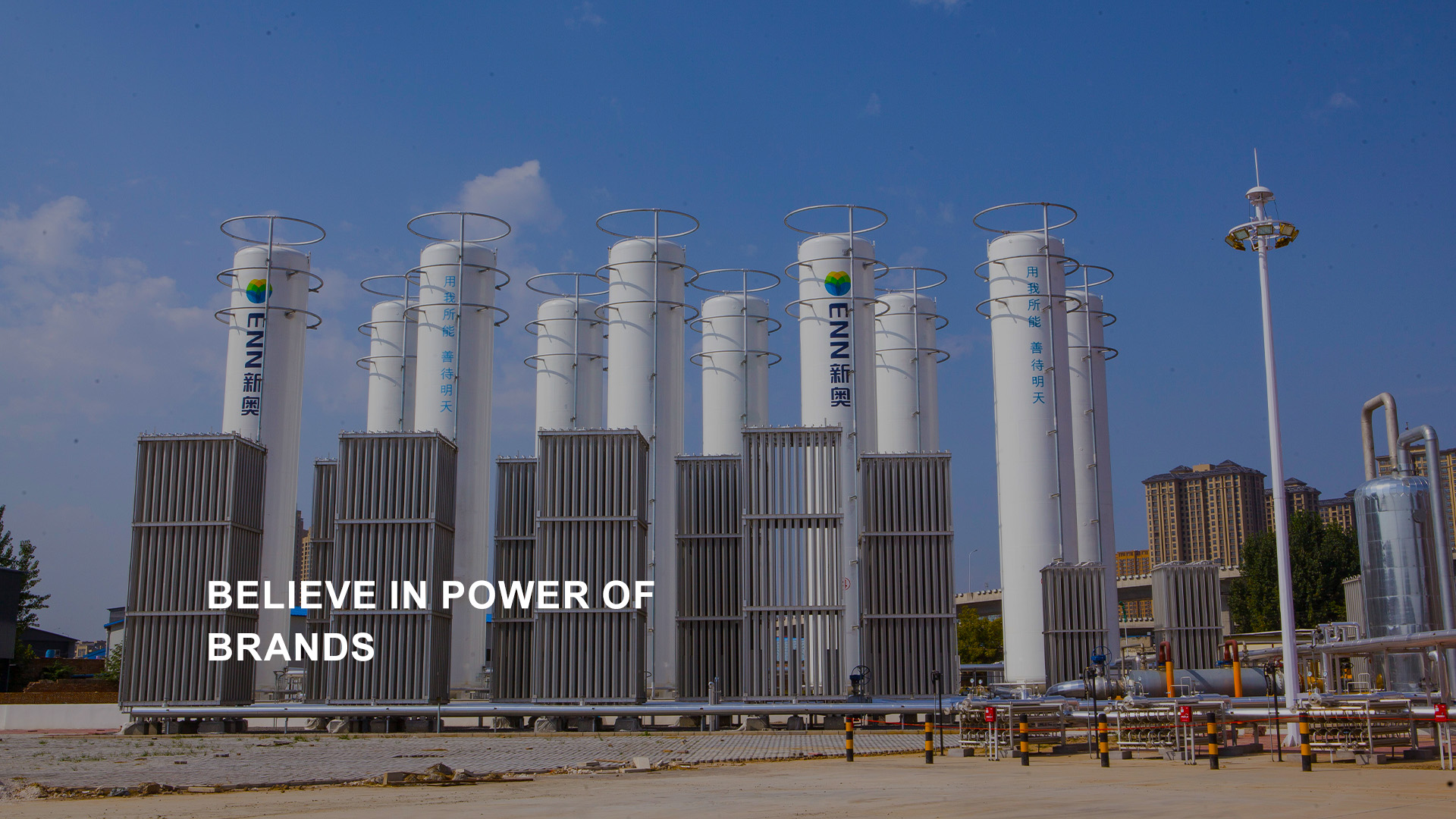
Aug . 29, 2024 07:24
Back to list
Pressure Regulating Skid Solutions | Optimize Your Pressure Control
Understanding Pressure Regulating Skids Essential Components in Industrial Systems
Pressure regulating skids are pivotal components in various industrial applications, especially in the oil and gas, chemical processing, and water treatment sectors. These systems are designed to manage and control the pressure of fluids, ensuring safety, efficiency, and reliability in operations. This article delves into the concept of pressure regulating skids, their components, operation, and importance in industrial processes.
What is a Pressure Regulating Skid?
A pressure regulating skid is a compact, pre-engineered assembly of equipment that regulates the pressure of fluids within a system. These skids typically include valves, sensors, regulators, piping, and control systems, all mounted on a framework for easy transport and installation. By integrating these components into a single unit, pressure regulating skids simplify the installation process and reduce the time required for commissioning.
Components of a Pressure Regulating Skid
1. Pressure Regulators These vital components maintain the desired discharge pressure, automatically adjusting flow rates to accommodate changes in upstream conditions. Regulators prevent over-pressurization, protecting downstream equipment from potential damage.
2. Control Valves These valves manage the flow of fluids within the skid. They can be manually or automatically controlled to suit varying operational demands, ensuring that pressure levels remain stable.
3. Flow Meters Flow meters provide real-time data on the volume of fluid passing through the skid. This information is critical for monitoring system performance and ensuring efficient operation.
4. Sensors and Transmitters These devices measure pressure, temperature, and flow rates, sending data to the control system for analysis. They play a crucial role in maintaining the operational integrity of the skid.
5. Control System A centralized control system monitors and adjusts the skid's performance based on data received from sensors. Modern systems often incorporate advanced technologies, such as PLCs (Programmable Logic Controllers) or SCADA (Supervisory Control and Data Acquisition) systems.
pressure regulating skid

6. Safety Features Safety devices, including pressure relief valves and emergency shutdown systems, are essential for protecting personnel and equipment from hazardous situations.
Operation of Pressure Regulating Skids
The operation of a pressure regulating skid begins with the fluid entering the system at a designated pressure. The regulators and control valves work in unison to maintain the output pressure within predetermined limits. If the inlet pressure varies, the regulators adjust the flow dynamically to stabilize the output. The integrated sensors continuously monitor the system, providing feedback to the control unit, which enforces the necessary adjustments to keep operations running smoothly.
Importance of Pressure Regulating Skids
Pressure regulating skids are vital for numerous reasons
- Safety By controlling fluid pressure, these skids prevent catastrophic failures that could endanger personnel and cause environmental damage.
- Efficiency Maintaining optimal pressure levels helps improve system efficiency, leading to reduced energy consumption and operational costs.
- Reliability The robust design and integrated technology of pressure regulating skids enhance the reliability of industrial processes, minimizing downtime and maintenance.
- Flexibility The modular design allows for easy reconfiguration and integration with existing systems, making them suitable for a variety of applications.
In conclusion, pressure regulating skids play a crucial role in managing fluid pressure across various industries. Their ability to ensure safety, increase efficiency, and enhance reliability makes them indispensable in modern industrial operations. As technology continues to evolve, these systems are expected to become even more sophisticated, further optimizing performance and safety in fluid management.
Next:
Latest news
-
Safety Valve Spring-Loaded Design Overpressure ProtectionNewsJul.25,2025
-
Precision Voltage Regulator AC5 Accuracy Grade PerformanceNewsJul.25,2025
-
Natural Gas Pressure Regulating Skid Industrial Pipeline ApplicationsNewsJul.25,2025
-
Natural Gas Filter Stainless Steel Mesh Element DesignNewsJul.25,2025
-
Gas Pressure Regulator Valve Direct-Acting Spring-Loaded DesignNewsJul.25,2025
-
Decompression Equipment Multi-Stage Heat Exchange System DesignNewsJul.25,2025

